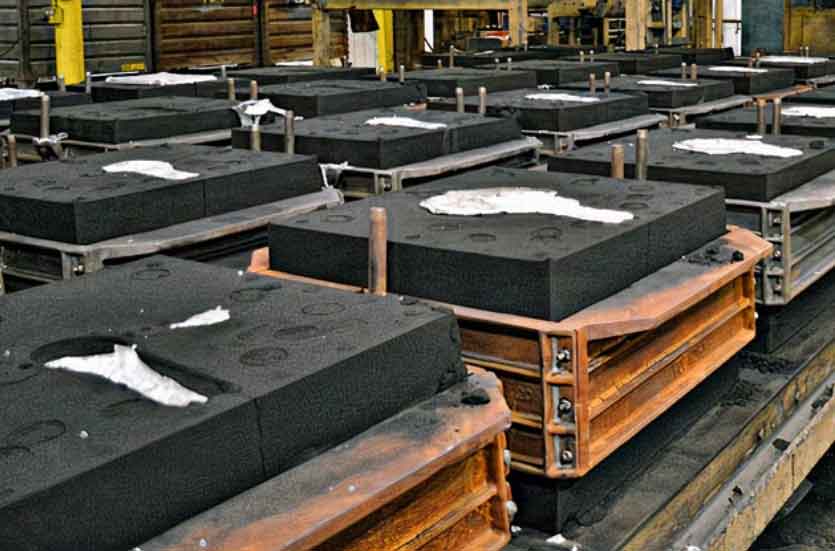
Resin sand casting is an advanced casting process that combines the use of sand molds with a resin binder system. This technique offers several innovations and efficiencies in metal production compared to traditional sand casting methods. Let’s explore some of the key advantages:
- Improved dimensional accuracy: Resin sand casting enables the production of complex and precise metal components with tight tolerances. The resin binder system provides better mold strength, resulting in reduced mold distortion and improved dimensional stability.
- Enhanced surface finish: The resin binder system helps in achieving smoother and finer surface finishes on the castings. This reduces the need for additional machining or surface treatments, saving time and costs in the production process.
- Faster production cycles: Resin sand casting offers shorter cycle times compared to traditional sand casting methods. The curing time of the resin binder is relatively quick, allowing for faster mold production and turnaround times.
- Increased mold durability: The resin binder system improves the strength and durability of the sand molds, making them more resistant to deformation and damage during the casting process. This extends the mold’s lifespan, enabling the production of a higher number of castings before replacement.
- Reduced scrap rates: The improved dimensional accuracy and mold stability in resin sand casting lead to reduced scrap rates. With fewer defective castings, manufacturers can minimize material waste and improve overall production efficiency.
- Design flexibility: Resin sand casting offers greater design freedom, allowing the production of complex geometries and intricate details. This flexibility opens up opportunities for innovative designs and novel metal components.
- Cost-effectiveness: Although resin sand casting may require higher initial investments in equipment and materials compared to traditional sand casting, it offers long-term cost savings. The improved efficiency, reduced scrap rates, and minimal post-processing requirements contribute to overall cost-effectiveness.
- Environmentally friendly: Resin sand casting can be more environmentally friendly compared to other casting methods. The resin binders used can be formulated to have low emissions, reducing the environmental impact during casting. Additionally, the durability of the sand molds reduces waste generation.
Resin sand casting brings innovation and efficiency to metal production by improving dimensional accuracy, surface finish, mold durability, and production cycles. These advantages contribute to cost savings, design flexibility, and environmental sustainability, making resin sand casting an attractive option for manufacturers in various industries.
